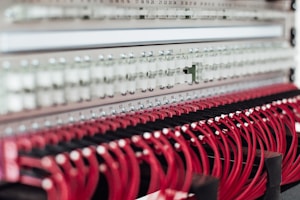Computer hardware comes in different formats and form factors as the areas of applications also differ and whenever new hardware has been produced from the manufacturer, it comes with specifications that dictate the use of one operating system over the other. To begin with, an operating system is the base application that is installed on top of the firmware and interacts directly with the hardware of the computer, passing instruction to the processor and other components of the computer. The operating system makes the computer run and interfaces the hardware with the rest of the programs that are installed within the operating system.
Operating systems are designed in a manner that makes it possible for them to make the hardware run at the level of performance that can be provided by the hardware. It passes instructions down to the hardware components of the computer and this is what makes it possible for the other programs to run. Any application that you intend to run on your computer will be installed onto the operating system and here it will be interfaced with the computer hardware in a simpler manner that makes the execution of program instructions more streamlined and straightforward.
A computer user will interact with the operating system to run administrative tasks on the computer including the installation of new programs and applications on the computer. They will also make use of the operating system to partition the computer to allow for more than one user to have their own account on the computer. This is the process of having several users on the same computer with each having private and secure access to their information. A user on the operating system is free to install the applications that befit their needs and the other users will not be able to know about it.
Operating systems also ensure that the information on the computer is preserved and kept safe and in the event that the user makes an upgrade to the hardware such as additional memory, the operating system should be able to detect this and upgrade the state of the computer to show this. In the storage of the computer, the operating system should show when new storage has been added to the computer and how big the storage added is. In this way, it becomes possible for the users of the computer to make changes to their computing infrastructure and see these changes through the operating system.
In conclusion, the operating system is part of the computer that interacts with the underlying hardware and computer architecture. It executes directly from the very moment that the computer starts up and runs other programs and applications within itself which makes the user more comfortable to use the programs that are intended for the operating system. Different hardware platforms may require different operating systems and this is the reason a lot of time is spent in creating operating systems that take advantage and make full use of the underlying hardware for the satisfaction of the user.






